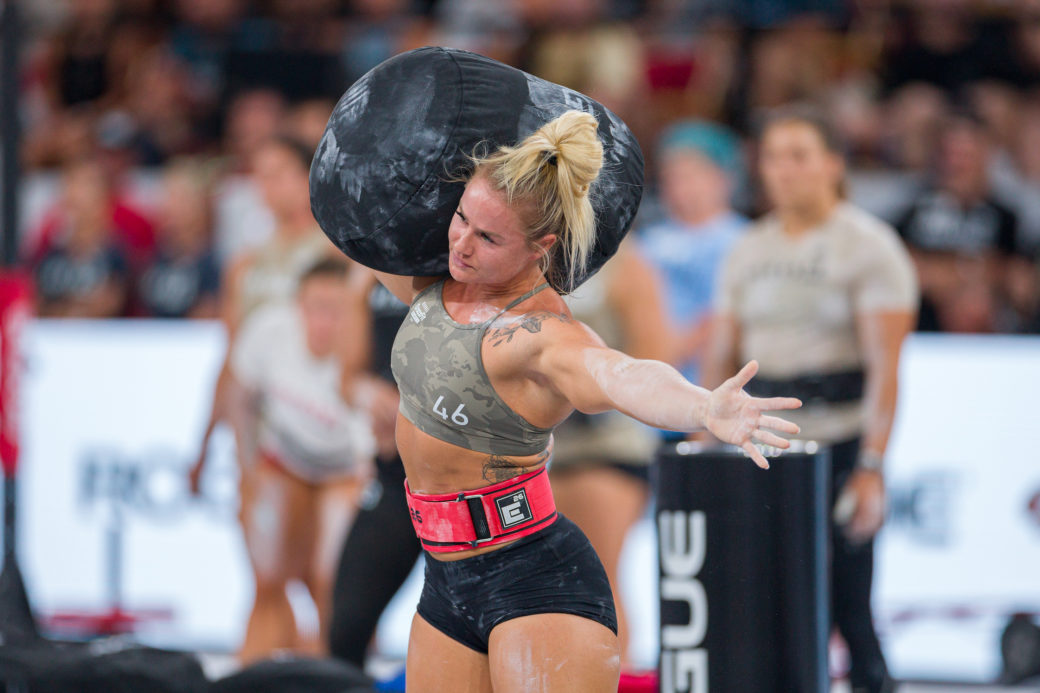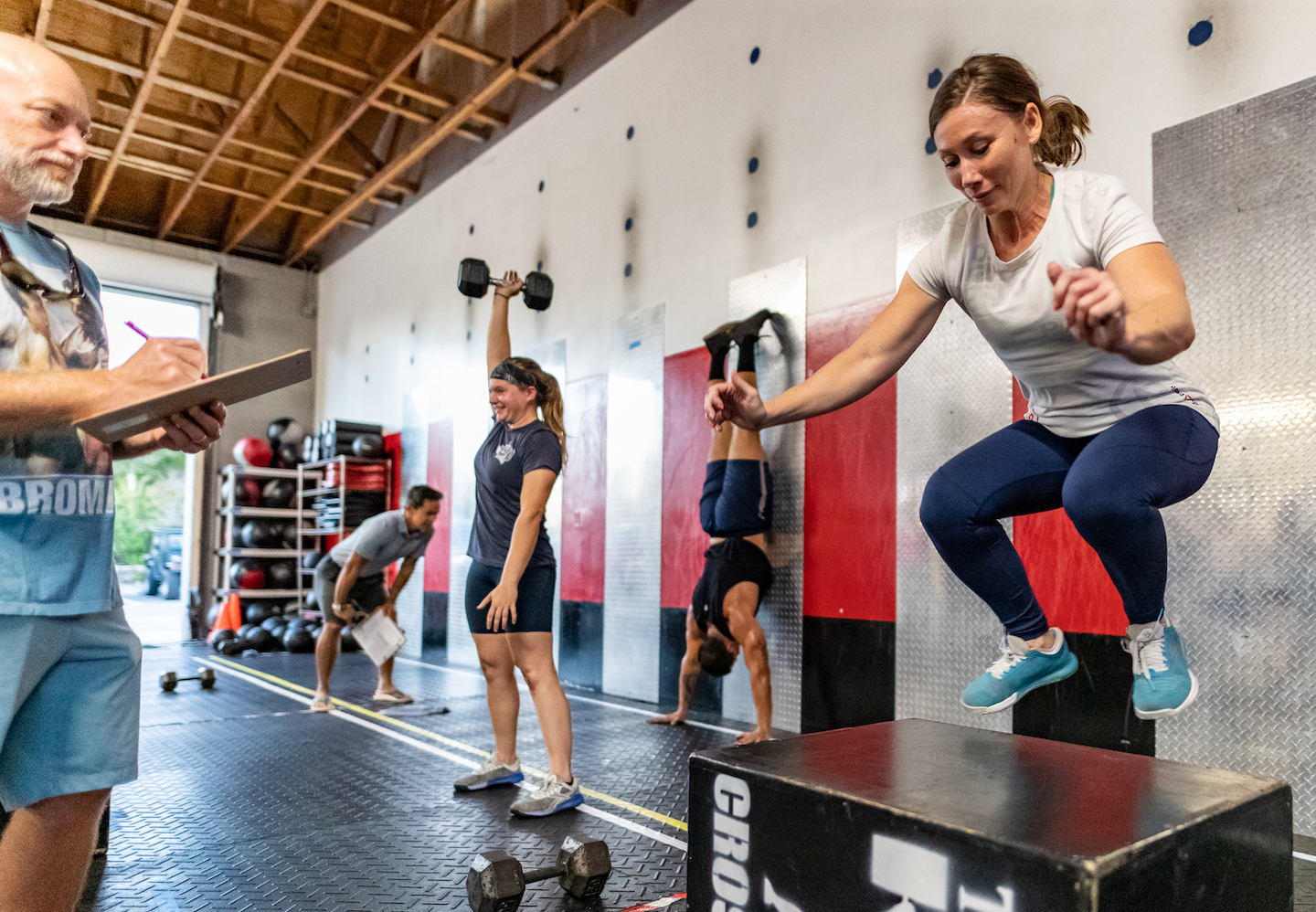The Drowning Experience in CrossFit Games

The Drowning event at the CrossFit Games is a grueling test of physical and mental strength. Athletes must navigate through a series of obstacles that demand exceptional strength, endurance, and unwavering mental fortitude. The event’s unique design pushes athletes to their absolute limits, forcing them to confront their fears and demonstrate resilience in the face of adversity.
The Physical Challenges, Drowning crossfit games
The Drowning event is designed to push athletes physically. The obstacles are challenging, requiring strength, endurance, and agility. Athletes must overcome obstacles such as:
- Heavy lifting: Athletes must lift and carry heavy objects, testing their upper body strength and power.
- Sled drags: Athletes must drag heavy sleds across the course, testing their lower body strength and endurance.
- Rope climbs: Athletes must climb ropes, testing their grip strength and upper body power.
- Swimming: Athletes must swim through a pool or other body of water, testing their cardiovascular endurance and swimming ability.
The Mental Challenges
The Drowning event is not only a physical challenge, but also a mental one. Athletes must overcome:
- Fear of drowning: The event’s name itself is a testament to the mental challenge it poses. Athletes must confront their fear of drowning, particularly those who are not strong swimmers.
- Fatigue: The event is designed to be physically exhausting, pushing athletes to their limits. They must overcome fatigue and maintain focus throughout the event.
- Pressure: The CrossFit Games is a high-pressure event, with athletes competing for a world championship. Athletes must overcome the pressure and perform under duress.
Strategies for Success
Athletes employ various strategies to overcome the challenges of the Drowning event. Some of the most common strategies include:
- Proper training: Athletes train specifically for the Drowning event, focusing on strength, endurance, and swimming skills. They also train to overcome their fear of drowning and manage fatigue.
- Mental preparation: Athletes use mental visualization techniques and positive self-talk to stay focused and motivated throughout the event.
- Pacing: Athletes must pace themselves carefully to avoid burnout. They must conserve their energy and focus on completing each obstacle effectively.
- Teamwork: The Drowning event is often a team event, with athletes working together to complete the obstacles. Teamwork and communication are essential for success.
Historical Context and Evolution of the Drowning Event

The Drowning event, a staple of the CrossFit Games, has evolved significantly since its inception, reflecting the sport’s own growth and the athletes’ increasing capabilities. Its history showcases the development of the Games, the creativity of event design, and the dedication of athletes who push the boundaries of fitness.
Early Years and Origins
The Drowning event first appeared in the 2011 CrossFit Games, a testament to the growing popularity of the sport and the need for innovative and challenging events. It was initially conceived as a test of endurance and anaerobic capacity, requiring athletes to perform a series of demanding exercises in a water-filled pool. The event’s early iterations were characterized by their simplicity, with the focus being on the athletes’ ability to complete the tasks in a timely manner.
Evolution of the Event
The Drowning event has undergone several significant changes over the years, reflecting the evolution of CrossFit programming and the increasing athleticism of the competitors. These changes have been driven by a desire to push the limits of human performance and to create a more diverse and engaging experience for both athletes and spectators.
- Increased Difficulty and Complexity: The Drowning event has become increasingly difficult and complex over time. The introduction of heavier weights, more demanding exercises, and longer time limits has challenged athletes in new ways. For example, the inclusion of the “burpee box jump over” and the “sandbag carry” in recent years has significantly increased the event’s intensity.
- Variety of Exercises: The range of exercises included in the Drowning event has expanded considerably, providing a more diverse test of fitness. The early events focused primarily on rowing and swimming, but later iterations have incorporated exercises like deadlifts, snatches, and handstand walks. This variety allows athletes to showcase their strengths in different areas and adds to the overall excitement of the event.
- Emphasis on Strategy: The Drowning event has become more strategic, requiring athletes to carefully manage their energy and pacing. The longer time limits and the inclusion of multiple exercises have created opportunities for athletes to make strategic decisions that can impact their overall performance. This shift in emphasis has made the event more mentally challenging and has added a new dimension to the competition.
Key Athletes and Moments
The Drowning event has produced many memorable moments and has helped to solidify the legacies of some of CrossFit’s most iconic athletes.
- Rich Froning Jr.: Froning, a four-time CrossFit Games champion, has consistently excelled in the Drowning event, demonstrating his remarkable strength and endurance. His dominance in the event is a testament to his all-around fitness and his ability to perform at a high level under pressure.
- Mat Fraser: Fraser, a five-time CrossFit Games champion, is known for his exceptional power and speed, which have helped him succeed in the Drowning event. His ability to perform high-intensity movements with speed and efficiency has made him a formidable competitor in this event.
- Tia-Clair Toomey: Toomey, a five-time CrossFit Games champion, is a powerhouse in the Drowning event, showcasing her impressive strength and work capacity. Her consistent performances in the event have helped to solidify her reputation as one of the most dominant athletes in CrossFit history.
Impact of the Drowning Event on CrossFit Training and Competition: Drowning Crossfit Games

The Drowning event, a staple in CrossFit competitions, has significantly influenced the way athletes train and compete, pushing the boundaries of fitness and endurance. Its unique demands have led to a shift in training methodologies and a heightened focus on specific skills and techniques.
Impact on Training
The Drowning event has fundamentally changed how athletes approach their CrossFit training. Its unique demands require a comprehensive approach that encompasses both physical and mental aspects. Here’s how it has influenced training:
- Increased Focus on Swimming Endurance: Athletes now prioritize developing their swimming endurance, as the event demands sustained swimming for extended periods. This has led to the inclusion of longer swim sets and interval training in their routines.
- Enhanced Water Proficiency: The event emphasizes water skills, particularly treading water and maintaining buoyancy. Athletes have incorporated drills and exercises that focus on improving their water proficiency and comfort.
- Improved Mental Resilience: The Drowning event is a mental test as much as a physical one. Athletes have to overcome fear, manage fatigue, and maintain focus in a challenging environment. Training has shifted to include mental exercises, visualization, and stress management techniques.
Prioritized Skills and Techniques
The Drowning event demands specific skills and techniques that athletes must master to succeed. These skills are now integral parts of CrossFit training:
- Efficient Swimming Stroke: Athletes strive for a stroke that maximizes efficiency and minimizes energy expenditure. This often involves working with swimming coaches to refine their technique.
- Water Entry and Exit: Mastering safe and efficient water entry and exit is crucial for the event. Athletes practice these skills to minimize time and effort spent transitioning between water and land.
- Buoyancy and Treading Water: The ability to maintain buoyancy and tread water for extended periods is vital. Athletes incorporate exercises and drills that build these skills.
- Breath Control and Timing: Effective breath control and timing are essential for endurance and minimizing fatigue. Athletes practice controlled breathing techniques and learn to maximize oxygen intake.
Impact on CrossFit as a Sport
The Drowning event has contributed to the overall development of CrossFit as a sport by:
- Expanding the Scope of Fitness: The event has expanded the definition of fitness to encompass water-based skills and endurance, pushing athletes to new limits.
- Enhancing Specificity and Variety: The event has introduced a unique element to CrossFit competitions, increasing the variety and specificity of the sport.
- Increased Attention to Safety: The Drowning event has raised awareness about water safety and the importance of proper training for aquatic activities.
Drowning crossfit games – Drowning in the CrossFit Games? Feeling like you’re about to go under? Take a break, check out the Lazar Dukic video for some inspiration. See how he pushes through the pain and doubt, and you’ll find that extra strength to conquer those WODs.
You got this, bro!
Drowning in the CrossFit Games? Feeling like you’re about to sink? Take a deep breath, bro! There’s a whole other level of competition out there, the Lazar CrossFit Games , where you can find your own rhythm and push yourself to the limit.
It’s a different vibe, more about pushing your personal boundaries and celebrating the journey. Maybe it’s the breath of fresh air you need to find your way back to the surface.